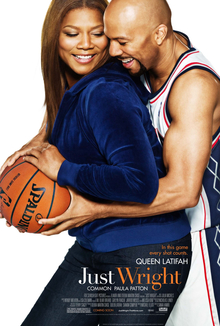Sent to you by moya via Google Reader:
From 2007 to 2009, the percentage of girls ages 8 to 12 who regularly use mascara and eyeliner nearly doubled — to 18 percent from 10 percent for mascara, and to 15 percent from 9 percent for eyeliner. The percentage of them using lipstick also rose, to 15 percent from 10 percent.
We're* prepping them earlier and earlier, with the assistance of the beauty industry, for conforming to notions of "beauty" and "femininity," for life as the objects of the heterosexual male gaze.
From the article:
"There's relentless marketing pressure on young girls to look older," Ms. [Stacy] Malkan said. "Not just from magazines and TV ads, but from shows like '90210.' Those kids are supposed to be in 10th and 11th grade, but they look 25."
Indeed, the aisles of Sephora and CVS are lined with cosmetics aimed at Miley Cyrus fans. Fashion runways teem with heavily made-up girls of 14. Neutrogena offers a line of acne-clearing makeup featured on the "Neutrogena Teen" section of its Web site. Even Dylan's Candy Bar, the upscale candy store whose Upper East Side flagship has become a tourist attraction, has a "beauty" line that includes cupcake body lotion and strawberry licorice "lip saver." ("Lips should always be candy-luscious and sweet to kiss!" reads the Web site.)
Others have documented this ongoing sexualization of young girls. In speaking of her book, Girl Culture, Lauren Greenfield notes the "the exhibitionist nature of modern femininity." Diane Levin and Jean Kilbourne explore the role of gendered and sexualized marketing on young girls in So Sexy, So Soon. They tell a story of 7- and 8-year-old girls who feel they must be sexy so boys will like them and are upset that their parents won't buy them sexy clothes. Levin and Kilbourne describe the messages transmitted over and over to young girls
In today's cultural environment, products that channel children into narrowly focused content and activities threaten to consume every aspect of their lives. For young girls, this usually means focusing on buying fashion items, looking pretty, and acting sexy. From newfangled Barbies and sexy Bratz dolls to "old-fashioned" princess fairy tales, young girls… learn to value a certain aesthetic and a certain behavior—be pretty, be coy, and… be saved in the end by the handsome prince. [T]hese gender stereotypes and sexualized messages are everywhere. **
They are everywhere and apparently they are effective.
The author of the NYT article says that some young girls might be "sophisticated enough to make… their own beauty decisions." He points to an 11-year old who denied trying to emulate anyone by wearing makeup; "I try to make myself look like me," she said.
That immediately reminded me of a scene from Good Hair when Chris Rock tries to go into a hair supply store and sell "black" hair to the store owner who stocks primarily Indian hair. Black women, the store owner tells him, don't want "black" hair, because they want to look more "natural." You can see that scene beginning around the 2:09 second mark in the trailer below.
All of that leads me to wonder why looking "natural" is never equivalent to being "natural" (i.e. without artifice) for women. Instead, "natural" is constructed as the outcome of subjecting our bodies, head to toe, to various processes.
As girls began these processes at younger and younger ages, what will be the effect on their physical and mental well-being?
_______________________
*The article says that 2/3 of the girls surveyed reported getting makeup and makeup techniques from a "family member or adult family friend."
**Diane Levin and Jean Kilbourne, So Sexy So Soon: The New Sexualized Childhood and What Parents Can Do to Protect Their Kids (New York: Ballantine Books, 2009), 30; 32-33.
Things you can do from here:
- Subscribe to elle, phd using Google Reader
- Get started using Google Reader to easily keep up with all your favorite sites
.jpg)
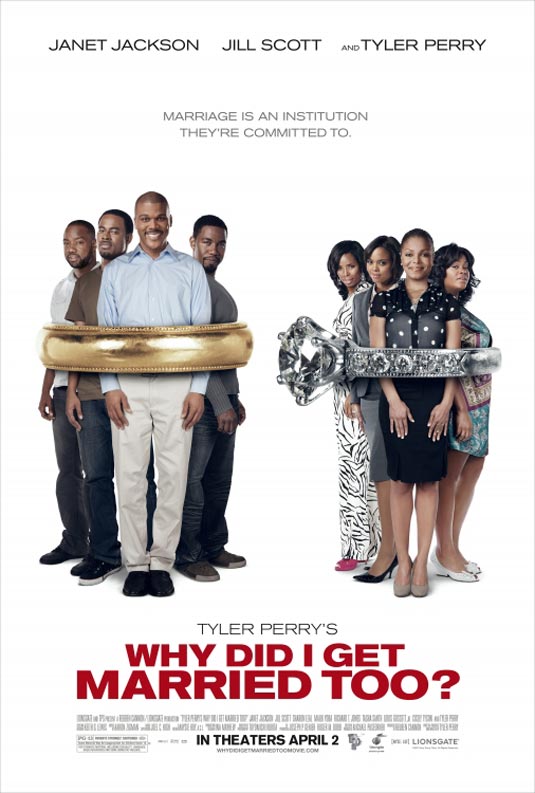 Just in case you're wondering, yes, I started my blog with a status update I wrote last week when
Just in case you're wondering, yes, I started my blog with a status update I wrote last week when  I know this makes me a bad race woman and perhaps even a bad feminist, but it's the truth. And my grandmother in her southern tone says, "Tell the truth and shame devil" and so I've decided today to shame that Devil all
I know this makes me a bad race woman and perhaps even a bad feminist, but it's the truth. And my grandmother in her southern tone says, "Tell the truth and shame devil" and so I've decided today to shame that Devil all 
 Of course, as a good race woman, I have to say that this blog is not an indictment against black men. I know being a black man is hard [cue the homeless black man on the corner playing the violin]. I get it and from birth have gotten it. However, the intention of this blog is about black men and Nightline understanding why some black women "choose" to be single because we are not willing to acquiesce to the cow dung—black male privilege. We are not willing to settle for black men who are not emotionally available irrespective if he wears a "blue collar," a "white collar," or a "green job collar."
Of course, as a good race woman, I have to say that this blog is not an indictment against black men. I know being a black man is hard [cue the homeless black man on the corner playing the violin]. I get it and from birth have gotten it. However, the intention of this blog is about black men and Nightline understanding why some black women "choose" to be single because we are not willing to acquiesce to the cow dung—black male privilege. We are not willing to settle for black men who are not emotionally available irrespective if he wears a "blue collar," a "white collar," or a "green job collar."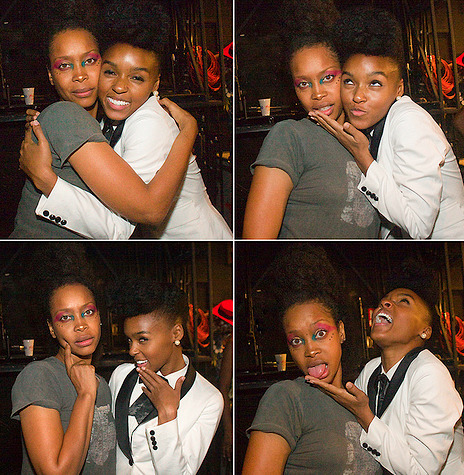
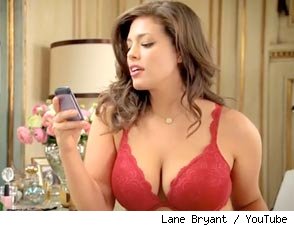


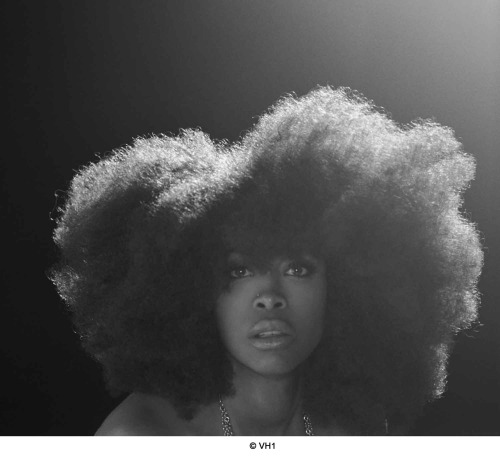
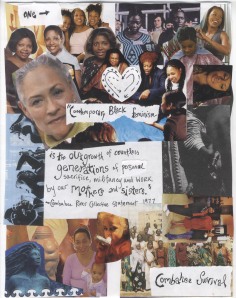

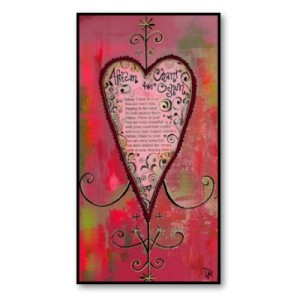
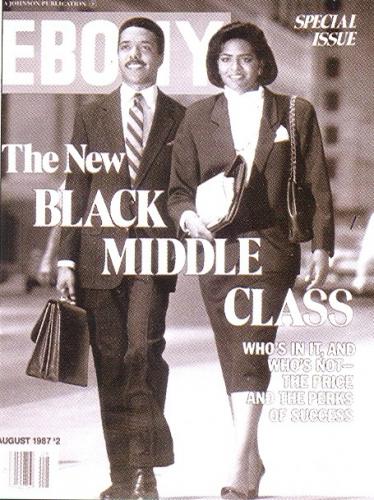




 PROTEST Arizona's SB 1070!
PROTEST Arizona's SB 1070!